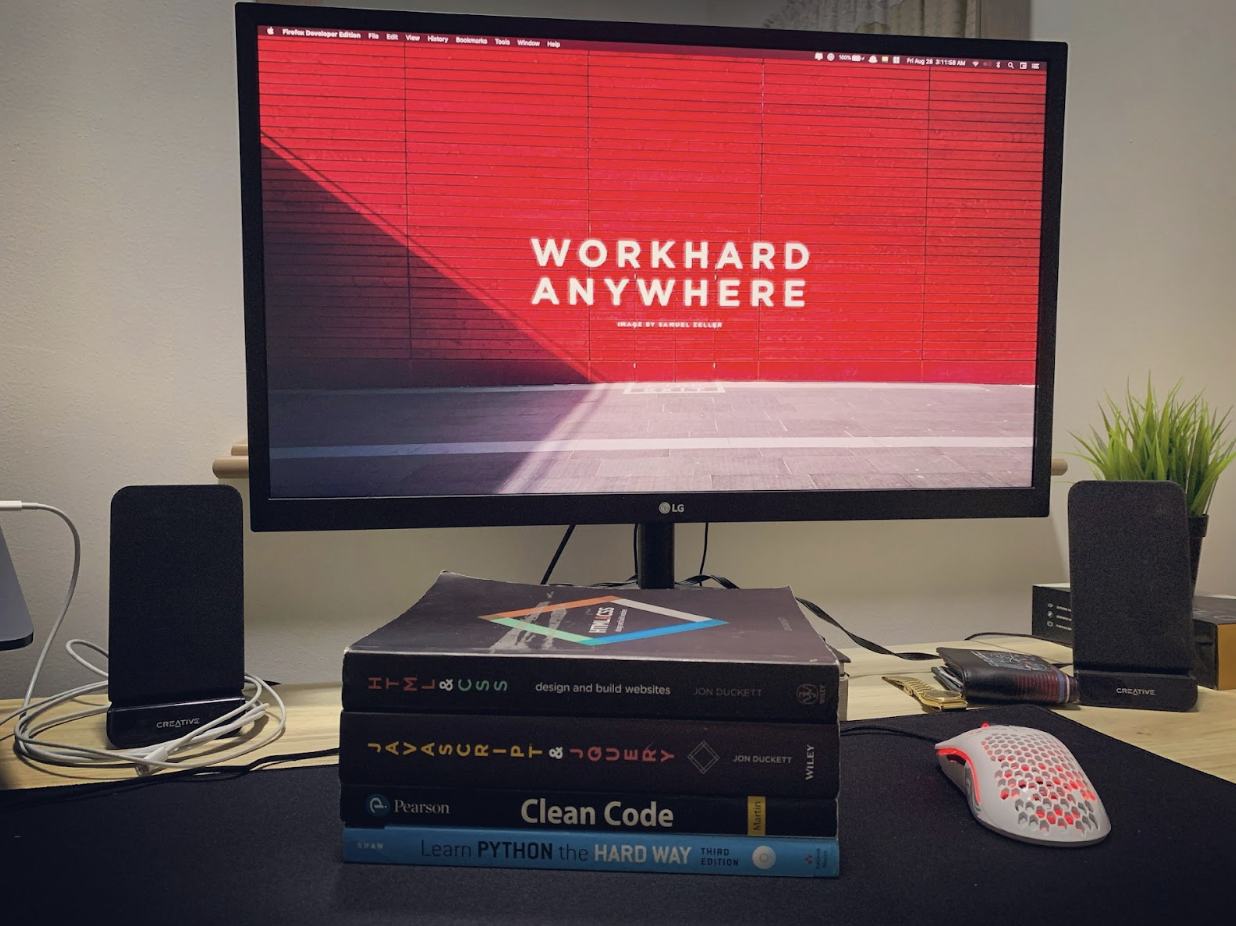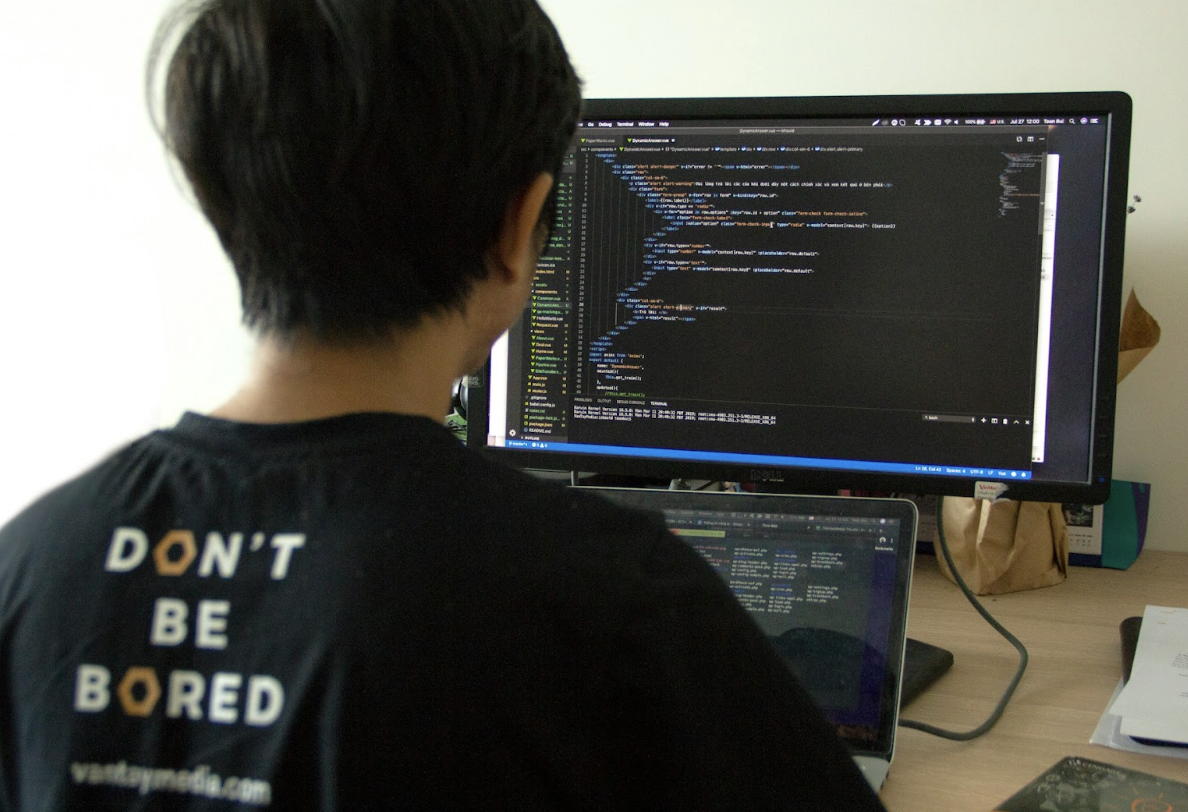 News
News
Securing the right developer talent now is more critical than ever, yet hiring foreign specialists via the H-1B visa route has become increasingly complex. Longer processing times, tighter quotas, and unpredictable policy shifts have turned what once seemed like a reliable channel into a major strategic risk. That is where the Build Operate Transfer model (BOT) comes into play, a three-phase framework that lets your company build an offshore team, operate it with external support, and then transfer full ownership to you. It offers a structured, practical alternative to relying solely on U.S. visa sponsorship.
In this post we will unpack exactly how the BOT hiring model works for software developers, explore how it can help your business hire foreign talent in the face of H-1B uncertainty, and illustrate why this is not just a workaround but a strategic talent architecture choice for scale and resilience.
What exactly is the Build Operate Transfer model in software developer hiring?
In software developer hiring, especially for international talent, the Build Operate Transfer model uses a three-stage approach that combines outsourcing, remote team setup, and eventual internal ownership. In the Build phase, your company partners with a service provider who recruits developers, sets up infrastructure such as office space, tools, and HR processes, and aligns the team with your technical stack and workflows. In the Operate phase, the team works under the provider’s management, delivering code, following your processes, and maturing into a fully embedded unit while you monitor progress and build internal knowledge. Finally, in the Transfer phase, the team, along with employees, infrastructure, and workflows, is handed over to you, so you fully own and manage the function as if you had built it in-house. This model allows you to access foreign talent quickly and cost-effectively while maintaining long-term control over your development team.
How the Build Operate Transfer Model Help in Hiring Foreign Talent Amid H-1B Changes
Aligning With a Shifting Visa Environment.
With the H-1B visa landscape in the U.S. becoming more uncertain, including longer approval times, tighter quotas, and increased scrutiny, companies that rely heavily on overseas technical talent find themselves at a strategic inflection point. In this context, the Build Operate Transfer model for software developer hiring becomes especially relevant. Under the BOT model, you essentially build a dedicated offshore development unit, operate it under the guidance of a partner, and then transfer full ownership to your company. This structure gives you an alternative to U.S.-based H-1B hiring. Instead of waiting for visas, you access a global talent pool via an offshore mechanism while still retaining long-term control. Providers describe benefits like access to a wider talent pool, quicker ramp up, and reduced regulatory burden.
By leveraging H1B Visa BOT solutions , you gain structural flexibility. You can hire foreign developers without immediately tying your growth to U.S. immigration bottlenecks. When H-1B approvals are delayed or policy shifts create new barriers, you sidestep that friction by having a functioning offshore team already integrated into your culture and tech stack. Over time, if U.S. visa routes become more favorable, you may still transfer some of those team members or integrate them into your U.S. operations, but you are not starting from zero. In other words, the BOT model acts as both a hedge and accelerant in an era of heightened visa risk.
Unlocking Global Talent While Preserving Control.
One of the most immediate advantages of BOT in this environment is access to skilled developers outside the U.S. without the full burden of entity setup and immigration logistics. Many firms struggle with U.S. talent shortages and visa uncertainty. BOT provides a structured alternative. During the build phase, your partner hires developers in an offshore location aligned with your stack. During operate, they run the day-to-day while you retain oversight. Finally, in transfer, you absorb the team. This setup means you get the best of both worlds: global ramp-up and eventual in-house ownership. BOT gives you access to roles like cloud engineers, AI specialists, or DevOps leads in markets where supply is stronger, enabling you to assemble a high-caliber team faster than waiting for U.S. visa cycles. The BOT partner already knows local hiring practices, culture alignment, and compliance needs, so you are not reinventing the wheel. In the context of H-1B changes, this access is strategic. When U.S. visa timelines drag or policy shifts create risk, your ability to rely on an offshore BOT team gives you options. You are not forced to wait or compromise on quality; you are building capability and retaining strategic freedom.
Speed, Cost, and Risk Mitigation Advantages.
In a climate where visa delays can stall hiring by months, BOT accelerates time-to-value. By partnering with a provider who already has infrastructure, hiring pipelines, and local compliance sorted, you avoid the typical startup delays of entity setup, local legal registration, payroll establishment, and real estate acquisition. Providers report that BOT enables ramp-up in weeks rather than months. Cost-wise, relocating or hiring in the U.S. under H-1B sponsorship carries high overhead including legal fees, relocation, wage requirements, and regulatory compliance. BOT allows you to tap into more favorable cost structures while still building a dedicated, aligned team. Because you operate through a partner initially, you share risk. You are not making a huge upfront capital commitment until the team is proven, which is especially important in uncertain regulatory environments.
For companies that view visa risk as operational risk, BOT becomes a risk management tool. Instead of being subject to one country’s visa lottery or changing policy, you diversify your talent strategy globally and build capacity that you fully own later.
Cultural, Compliance, and Intellectual Property Clarity.
When you rely on H-1B talent in the U.S., you still face immigration compliance, visa renewals, sponsorship burdens, and possible disruptions if policy changes. A well-executed BOT model shifts those burdens to the partner during the early phases while you focus on defining culture, technology, and deliverables. BOT providers emphasize that you retain intellectual property ownership and operational control throughout.
Furthermore, you preserve brand culture, workflows, and your tech stack from day one, unlike pure outsourcing where you might lose alignment. When the transfer stage occurs, you inherit a team fully aligned with your standards, instead of hiring ad-hoc contractors. This means that when U.S. visa disruptions happen, your offshore team is not a fragmented remote pool but an embedded unit. Building culture and process consistency early helps safeguard quality and cohesiveness. Because the BOT partner handles local employment law, tax, HR, and infrastructure logistics abroad, you mitigate compliance and regulatory risks. This is particularly valuable when U.S. visa reforms introduce new mandates or immigration policy becomes more opaque.
Strategic Flexibility and Future Integration with U.S. Operations.
Choosing the BOT route does not preclude eventual use of U.S. visa talent. It enhances flexibility. You might begin with the BOT-governed offshore team, keep developing product or modules there, and later transfer some of those developers or roles to the U.S. when visas or market conditions permit. The BOT model becomes both a stop-gap and a pipeline. By executing the transfer phase thoughtfully, you can structure an integration strategy. Some roles stay offshore permanently, while others transition to U.S. operations when visa conditions stabilize. This layered talent architecture creates resilience. Instead of solely depending on the H-1B channel, you build a dual-track model: offshore BOT team plus selective U.S. talent pipeline. Over time, you can evaluate cost, performance, and integration metrics to shift roles accordingly.
Basically, BOT gives you optionality. You do not commit fully to one geography or one visa regime. You build global capacity, then make decisions about whether to migrate talent or keep it offshore based on evolving policy, cost, and performance. This kind of strategic flexibility is particularly relevant when immigration frameworks are in flux.
Practical Considerations in the Era of H-1B Change.
> Choose the right offshore location: Evaluate talent supply, legal environment, cost structure, and cultural alignment. This step is crucial for a successful BOT implementation.
> Set clear metrics and governance: Tie the build and operate phases to transparent performance measures, including recruitment, retention, culture fit, and operational processes. Partner with providers that offer governance and reporting frameworks rather than a black box model.
> Plan for integration: Define how the team will assimilate into your structure during the transfer phase. Determine the legal entity or organizational home and create a migration strategy for roles that may eventually move to the U.S. Early planning prevents your BOT investment from being stranded.
> Monitor visa policy continuously: Keep track of U.S. visa regulations. BOT provides flexibility to pivot, migrate more roles to the U.S., or reposition your offshore center as conditions change, ensuring you are not locked into a single strategy.
Partner with Blue Coding for a Seamless BOT Experience
Blue Coding specializes in helping companies build high-performing nearshore development teams through flexible engagement models like Build Operate Transfer (BOT). Our approach allows businesses to quickly establish offshore operations across Latin America, operate with full transparency, and eventually take complete ownership of their teams, without the complexity of international hiring or visa restrictions. We handle recruitment, operations, and compliance so you can focus on scaling your tech capabilities with confidence and control. If you’re exploring BOT as a strategic way to access global developer talent, contact us today to learn how Blue Coding can help you build your own team that grows with your vision. We can discuss strategies on a complimentary call!



